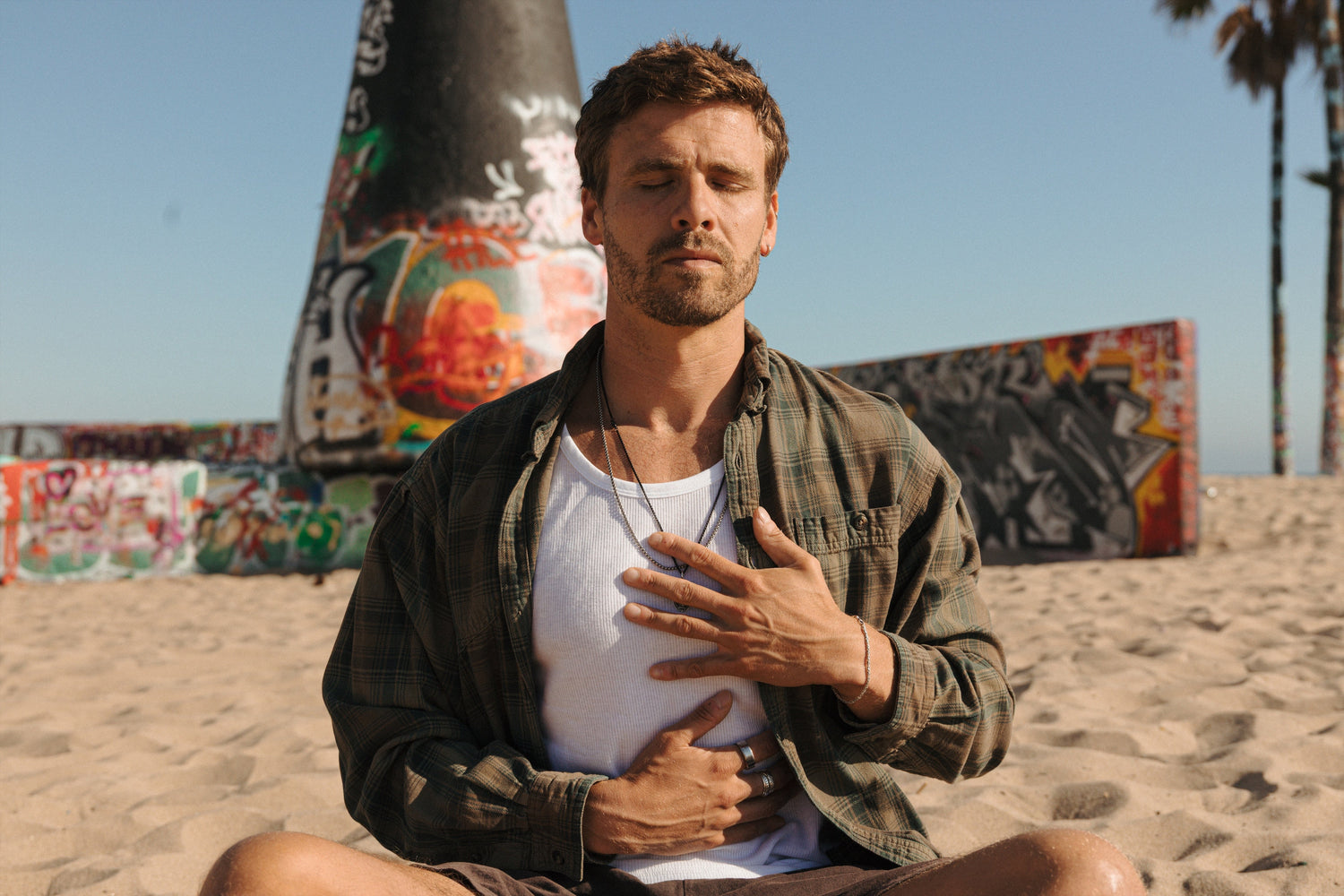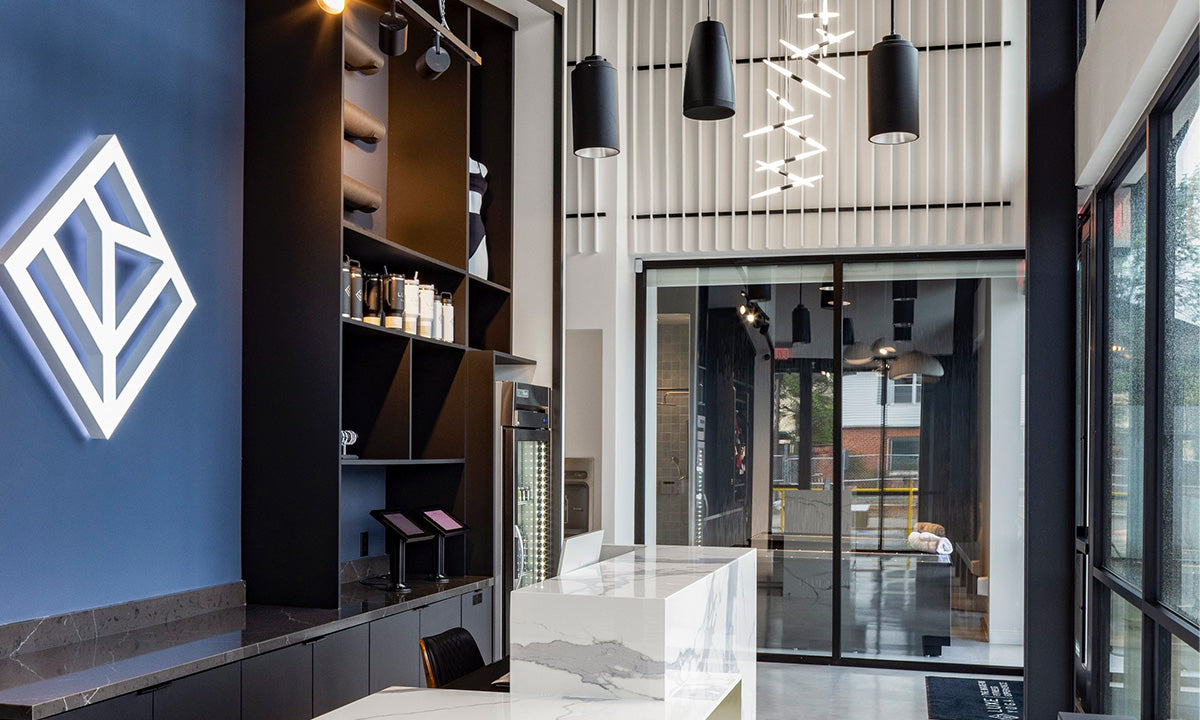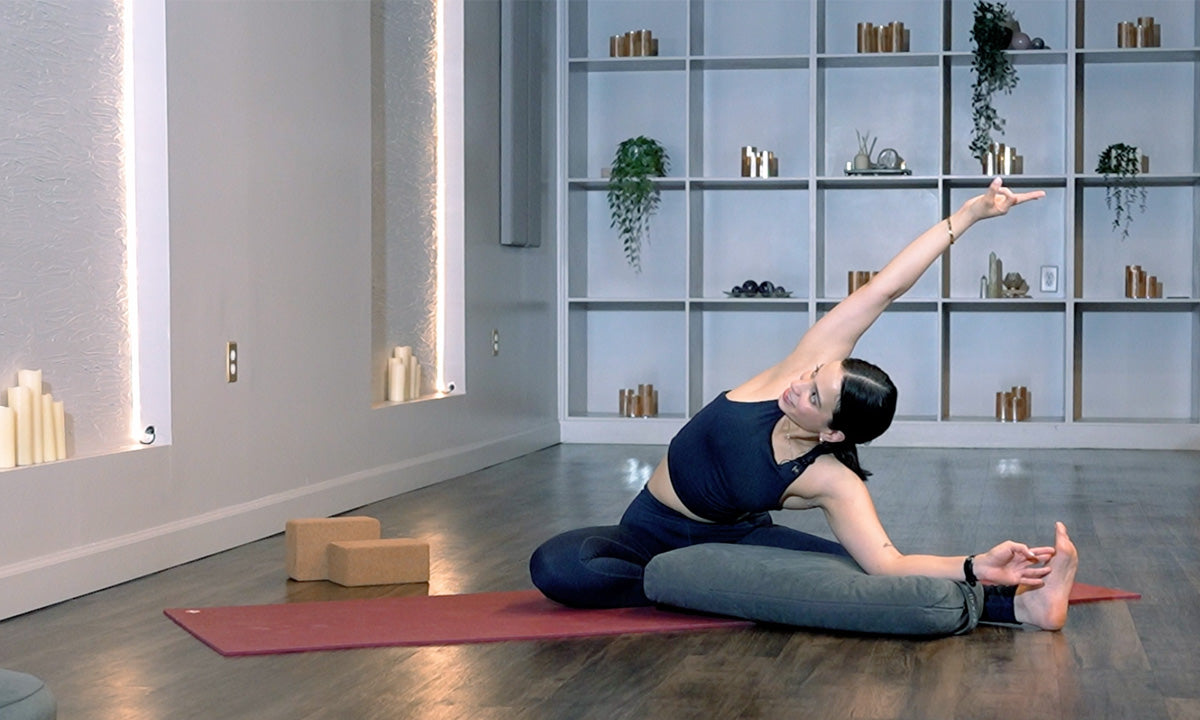
What makes breathwork unique is its immediacy—it often creates a noticeable shift within minutes.
What begins with a single breath can shift an entire life. For Alex Crosby, a profound breathwork session in 2017 sparked a journey of transformation—one that led him to becoming a guiding presence at Open in Venice, CA. Known for his student-first approach, Alex brings breathwork to life with empathy and authenticity. Whether he's guiding students through transformational breath patterns or unplugging on a solo backpacking trip, Alex’s grounded approach emphasizes breath as a tool for self-awareness and resilience. In this Teacher Spotlight, Alex opens up about the joy of presence, the power of communal practice, and how breathwork is unlocking new dimensions of men’s wellness and emotional health.
How did you discover breathwork?
I found breathwork in 2017 during a mass experience that completely shifted my perspective. I had practiced yoga over the years and was familiar with meditation, but that session made me realize how powerful the breath could be on its own. It was raw, emotional, and deeply clarifying. From there, I started using breathwork as a weekly reset, a way to come back to myself. Over time, it became a daily practice and a source of strength. Eventually, I felt called to share it—first by helping build breathwork experiences behind the scenes, and then by stepping into the role of teacher.
How did your journey from student to teacher unfold?
My first breathwork session in 2017 was visceral and transformative, unlike anything I had experienced. While I had encountered pranayama in yoga classes, this opened me to breathwork as a standalone practice. I began using it weekly to reset, and eventually it became a consistent daily ritual. A few years later, I joined a company called Open. Initially supporting operations and product, I eventually transitioned into teaching.

Tips for balancing your personal practice and teaching?
Maintaining a personal practice has been essential for me. It’s how I stay rooted, receptive, and honest in what I offer. It helps me manage my own nervous system, stay in student mode, and continue to grow. Through personal practice, I explore new techniques and reconnect with the experience of being guided.

What's your approach to teaching?
My approach is direct, grounded, and student-centered. I aim to meet people where they are, especially those new to the practice. Breathwork can crack you open, calm you down, or offer clarity, and I want to help students navigate that with agency and trust.
For those new to breathwork, how would you describe it?
Breathwork is the practice of intentionally changing your breath to influence your physical, mental, and emotional state. It can range from calming techniques to deeply activating patterns. What makes breathwork unique is its immediacy—it often creates a noticeable shift within minutes.
What does a typical breathwork session look like at Open?
At Open, sessions are usually 40 minutes of active 3-part breathing with varied breath holds, followed by 10 minutes of deep listening. We incorporate music and community energy to help students stay consistent and embodied throughout the practice.

What are the biggest benefits of breathwork, in your view?
Physically, it helps regulate the nervous system, reduce stress, and enhance oxygen efficiency. Mentally, it builds resilience, clears emotional blockages, and boosts awareness. It's like pressing a reset button.
How can breathwork extend beyond the mat into everyday life?
The breath is always with us, at work, during conflict, or when we're trying to sleep. Breathwork teaches us to recognize our reactions and respond with more clarity. It helps us live more consciously.
Advice for those looking to get started?
Start simple. Notice what resonates, whether that's the science, the spirituality, or a mix of both. Understanding the physiology of breathwork can be powerful. At Open, we focus on grounding the practice in science as a way to deepen your spiritual journey.
How is breathwork particularly helpful for men?
Breathwork can be an entry point for men to reconnect with emotional and physical well-being, especially for those who don't always feel comfortable in wellness spaces. It's embodied, powerful, and approachable.
Fill in the blank: Practice makes ________.
Practice makes presence.
Not perfection. Not performance. Just the
ability to come back to yourself again and again.

Which Manduka products do you currently practice with, and what makes them your go-to choices?
I most often practice with the enlight® Rectangular Bolster for my breath and meditation practice, and the PROlite® Yoga Mat for my movement practice. I use these because they're the highest quality equipment I've come across—and they're the go-to choice in our Open studio.








